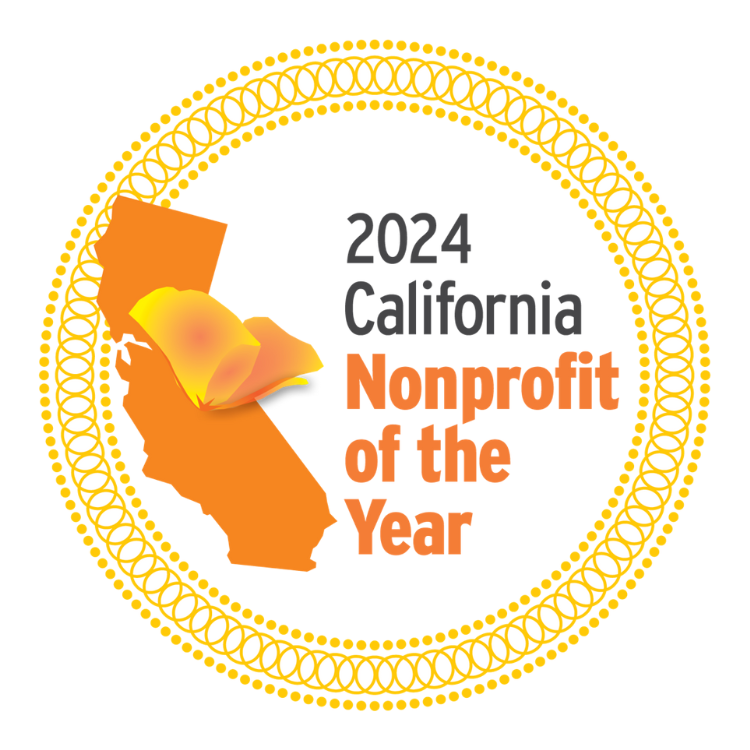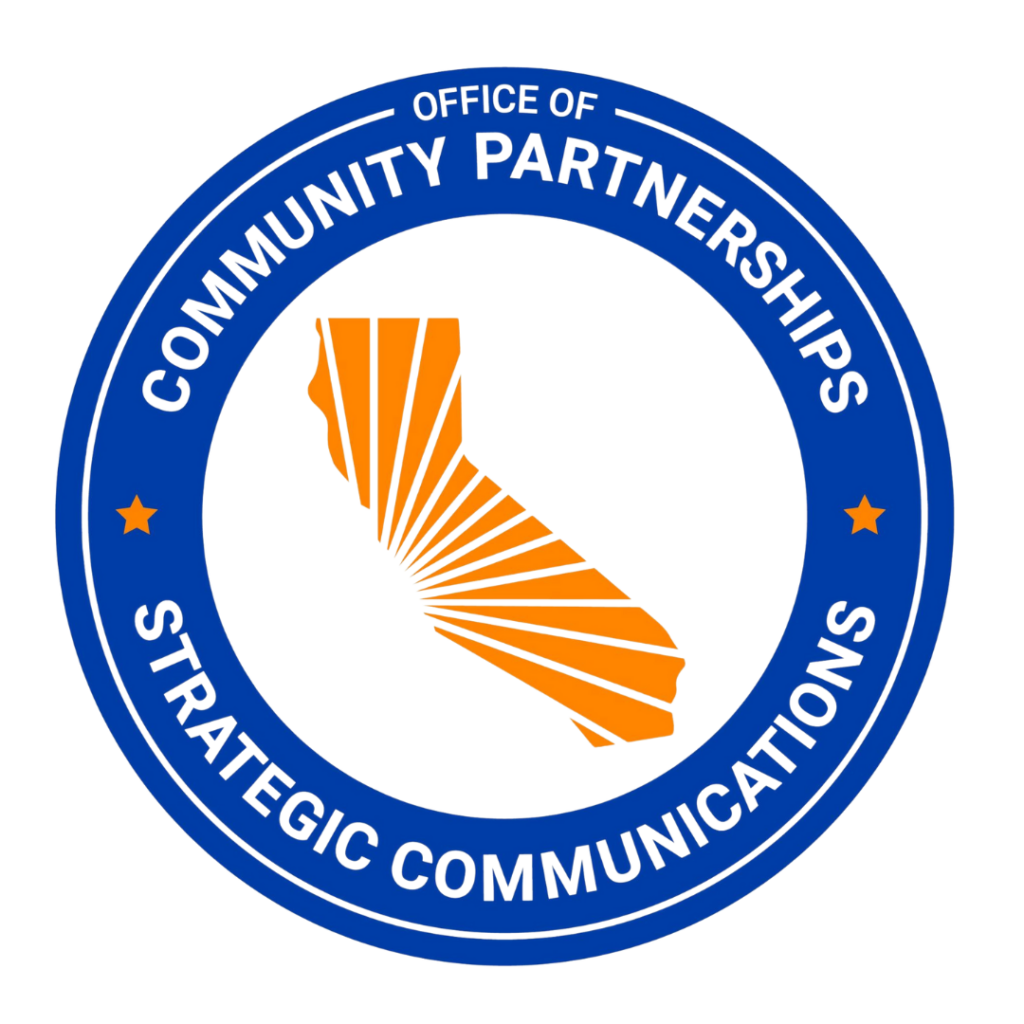Under the Clean Water Act, every state must submit a list of impaired and threatened waterbodies to the EPA. Examples of these waterbodies include river segments, lakes, streams, etc.
States must specify what pollutants are present for each waterbody listed and whether their origins are traceable to a point source. These lists are updated and submitted to the Environmental Protection Agency every two years.
The most recent report conducted between 2022 and 2024 revealed that the Santa Ana Region, which includes northern Orange County and the Inland Empire, has 78 new waterbody-pollutant combinations recommended for listing in the 2024 draft report. If the EPA approves the report, the Santa Ana Region’s 303(d) list will have a total of 217 waterbody-pollutant combinations.
These lists, also known as 303(d) lists, are ranked by priority based on the severity of pollution and how “beneficial” the waterbody is.
Some examples of beneficial uses include:
- Drinking water supply
- Water contact recreation (swimming, surfing, fishing, etc.)
- Non-water contact recreation (beachcombing, camping, tidepooling, sunbathing, etc.)
- Agricultural supply
- Commercial fishing/sport fishing
- Shellfish harvesting
- Habitat and ecosystem preservation
- Rare, threatened, or endangered species habitat
- Support for the migration of aquatic organisms
- Significance in Indigenous American tradition and culture
- Non-tribal and tribal subsistence fishing
What happens next?
Ideally, when a waterbody is identified as impaired, the local agencies responsible for it take action to eliminate the pollution source.
If that does not happen, a total maximum daily load (TMDL) or other regulation is produced to dictate the maximum amount of a pollutant allowed to enter the waterbody to sustain water quality standards.
Coastkeeper has been involved in creating and enforcing several TMDLs, each one varying per pollutant and waterbody. An example is the copper TMDL adopted for Newport Bay in 2022.






